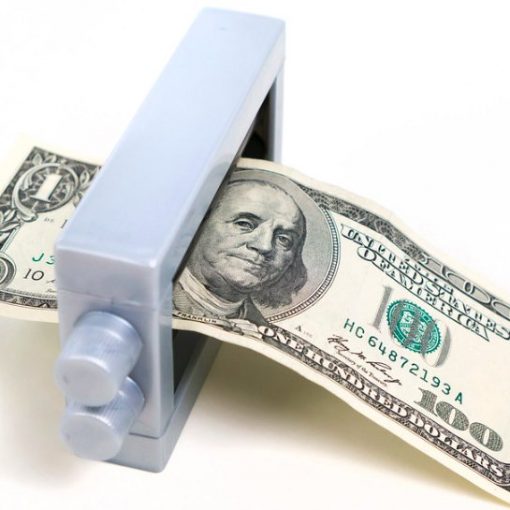Well, which is it?
Many commentators have for months been saying that the Fed will hold interest ratesdown until sometime in 2015. Pimco’s Bill Gross, principal exponent of the “New Normal” thesis (recently re-christened the “New Neutral”), in June concurred that the Fed could begin raising rates next summer.
Forecasting another year of rock-bottom interest rates seems reasonable enough, given that this half-step-forward/one-quarter-step-back economic “recovery” has yet to convince Fed Chairwoman Janet Yellen that she can allow borrowing costs to increase. And we’re all weary of predicting that “rates will be rising really, really soon, because, well, they just have to as the economy takes off. They just have to.”
Well, it hasn’t happened yet.
In fact, it isn’t unreasonable to wonder if we’ll be sitting here next summer again uttering our firm convictions that finally, absolutely, this time we’re dead certain, rates will begin rising by mid-2016.
The so-called experts keep calling for rates to rise. For example, Bank of America Merrill Lynch’s David Woo sees yields on the 10-year Treasury note leaping to as high as 3.5% by the end of the year. And Goldman Sachs’s Abby Joseph Cohen fully expects rates to rise.
For an investor, the question of how long rates remain at today’s lows isn’t insignificant. Believing that there will be no change for a year or two prompts an investor to take more risk, perhaps lengthening bond maturities a bit to capture more yield while not, just yet, subjecting principal to rate risk. But if one thinks rates will rise, then by all means keeping maturities short is the thing to do.
Of course, keeping maturities short almost always means less yield. There is a middle ground, though, that can be used to protect principal while capturing more income.
Some people might think the technique of fixed-income “laddering” is boring, but I think any strategy that solves an investment problem is actually a lot of fun.
The strategy is actually quite prudent.
Laddering substantially dilutes your risk to rising interest rates. In fact, it’s the single best solution for rate risk, as your money is spread over a series of maturity dates. As rates rise and your short-term bonds mature, you simply reinvest those proceeds at the long end.
And you don’t hear much about this, but laddering spreads credit risk as well: Because economic conditions change over time, any environment that might cause a higher number of bond defaults for one period is theoretically mitigated by better economic periods in which a portion of your bondholdings will mature.
In fact, let’s look at that niggling credit risk more closely. Whether rates rise sooner or they rise later, the event is sure to be coincident with economic improvement, meaning that defaults would likely occur less frequently than they do now. And today’s default rate for speculative-grade bonds is just 1.9%, according to Moody’s . I’m not worried about credit risk in this laddering strategy.
Here it is: With Guggenheim Investments’ lineup of fixed-maturity exchange-traded funds — the BulletShares High Yield Corporate Bond ETFs — you can assemble a portfolio that accounts for both rate and credit risk, while very likely maintaining positive purchasing power. The average yield of 3.98% for the following portfolio almost doubles today’s inflation rate of 2.1%, and I would expect it to continue to beat inflation as conditions change over time.
-
Guggenheim BulletShares 2015 High Yield Corporate Bond ETF (BSJF) — Yield = 3.43%
-
Guggenheim BulletShares 2016 High Yield Corporate Bond ETF (BSJG) — Yield = 3.76%
-
Guggenheim BulletShares 2017 High Yield Corporate Bond ETF (BSJH) — Yield = 3.90%
-
Guggenheim BulletShares 2018 High Yield Corporate Bond ETF (BSJI) — Yield = 4.35%
-
Guggenheim BulletShares 2019 High Yield Corporate Bond ETF (BSJJ) — Yield = 4.50%
(Yields shown above are based on annualizing the latest monthly distributions as of July 18, 2014.)
The expense ratio for each of these ETFs is a very reasonable 0.42%, and all are trading within a fair range of net asset value.
DISCLAIMER: The investments discussed are held in client accounts as of June 30, 2013. These investments may or may not be currently held in client accounts. The reader should not assume that any investments identified were or will be profitable or that any investment recommendations or investment decisions we make in the future will be profitable. Past performance is no guarantee of future results.




